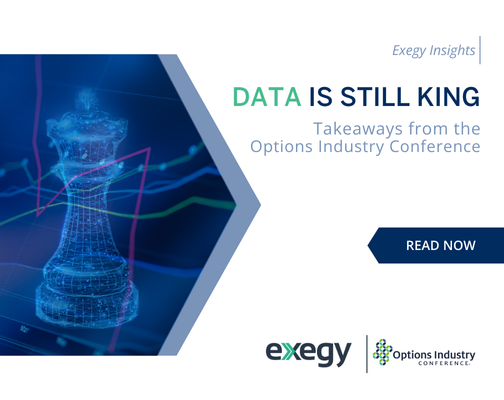Predictive Cost Savings – Part 2
This is the second article in our “Signum cents” series on the economics of developing and maintaining trading signals (a.k.a. predictive market data and real-time analytics). In our first article, we leveraged our own experience in developing predictors of price movements and forecasts of liquidity. We showed that for these foundational signals, buying them (versus building them) can lower development cost by 10x and deliver actionable results over two years sooner.
In this article, we address those firms with existing investments in trading signals based on Artificial Intelligence (AI) and Machine Learning (ML) technology. Specifically, we address the question of why a firm should consider refocusing their internal data science efforts when they are developing and/or maintaining similar signals to those in the Signum portfolio.
Several of Exegy’s clients fit this profile. Upon review, many of these firms recognized the value of Signum relative to their internal capabilities:
- Superior signal performance
- Constantly expanding portfolio
- Automated quality reporst and use case analytics
In many cases, Exegy demonstrated superior signal performance – typically higher levels of accuracy that are maintained across diverse market conditions. A key focus of Exegy’s data science efforts was developing models with strong independence to daily market conditions. While this required numerous iterations, we succeeded in this effort, yielding a number of benefits for users. The signals deliver higher accuracy and a larger number of trading opportunities. They also require infrequent re-training, leading to a stable production environment and lower operational risk.
Internally developed signals may not have been designed with these important operational considerations in view. Replicating Exegy’s iterative efforts to achieve this represents additional cost and risk to these firms. They also recognize Exegy’s ongoing commitment to expanding the signal portfolio with its significant investment in the Signum data science and engineering team. While they may have a similar signal or two today, these firms see great value in a flat subscription fee to a constantly expanding portfolio.
Another benefit of the Signals-as-a-Service model is daily reporting on signal quality and use case analytics. Exegy is committed to deliver an unprecedented level of transparency to enable users to integrate signals into their trading strategies with confidence. Use case analytics also represent tips for trading strategy optimizations by tuning prediction thresholds for various sectors of securities or individual stocks.
With these factors in view, firms are recognizing that the primary focus of their internal data science efforts should be identifying novel combinations of Signum’s foundational signals and internal signals derived from proprietary data. This approach focuses their limited time and resources on the real opportunities to differentiate their strategies and services. It allows their data science efforts to yield far more sophisticated and robustly evaluated results than they otherwise could if they attempted to perform all of the data science on their own.



